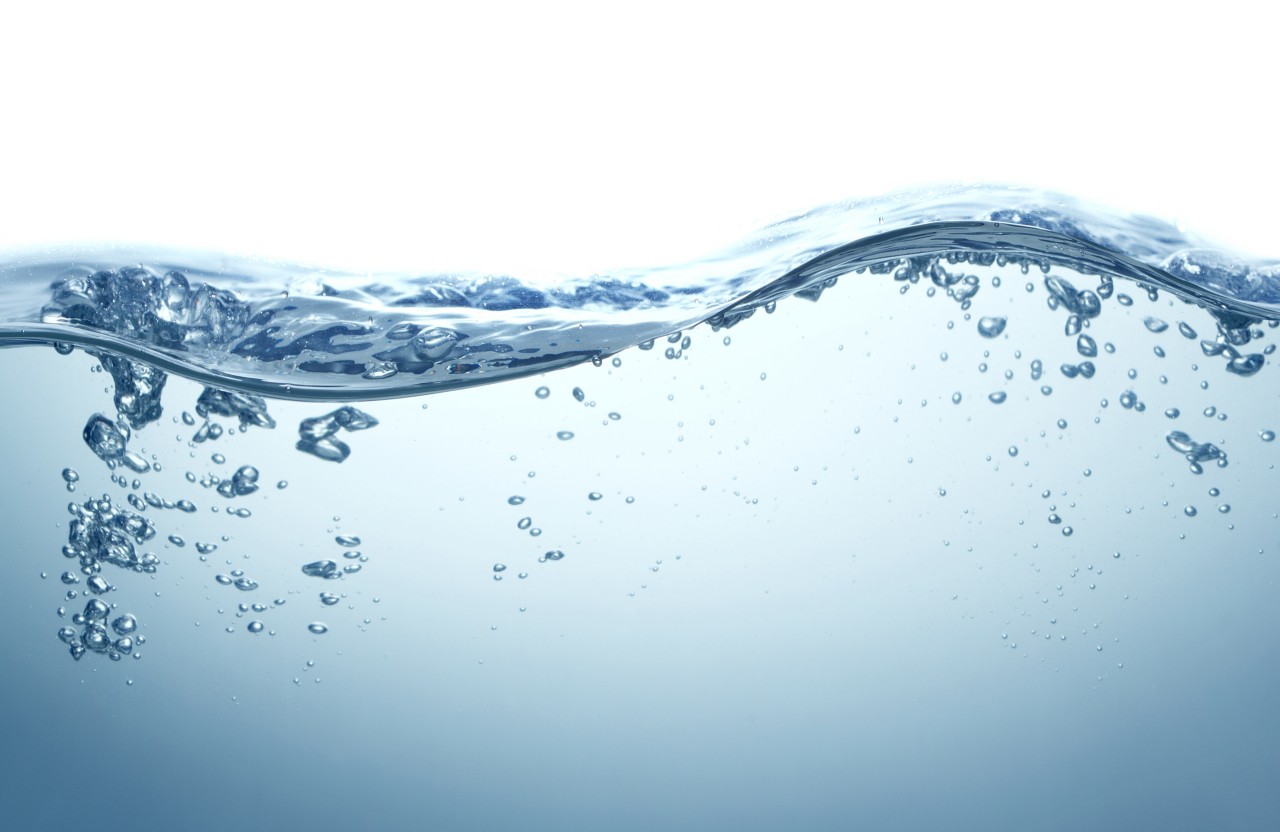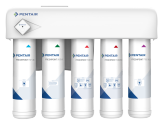- Water Softening & Filtration Systems
- Education
- Learn About Chromium
What Is Chromium in Water?
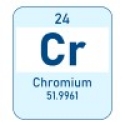
Chromium is a transitional metal that’s extremely brittle and has many compounds. The name chromium comes from the Greek word chrōma, which translates to “color.” Many compounds of chromium have vivid colors like aqua green and fuchsia. Chromium-6 and chromium-3 are ionic variants of chromium.
Chromium metal is used for manufacturing and construction because it is resistant to corrosion. Adding metallic chromium to steel forms stainless steel, creating steel that is nearly impervious to discoloration and corrosion. Most stainless steel contains 18% chromium, according to Geology.com.
Chromium in its natural metallic state is not considered toxic, and neither are some ionic forms of chromium. However, some ions are toxic. Chromium-6 is a known human carcinogen, according to the federal Agency for Toxic Substances & Disease Registry.
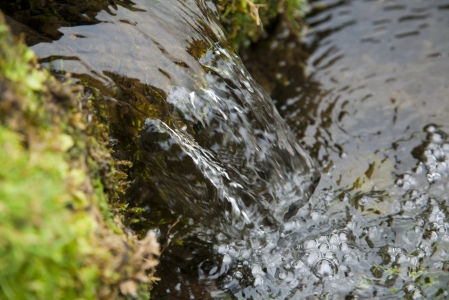
What Is Chromium-6?
Chromium-6, also known as hexavalent chromium, is a toxic ion of chromium. Chromium-6 can occur naturally in the environment as chromium deposits erode and can result from industrial processes.
Chromium-6 was made famous by the lawsuit led by legal clerk Erin Brockovich and the subsequent film adaptation about the high-profile case. The original suit was against Pacific Gas & Electric. This utility introduced chromium-6 into local water supplies, as covered in an article published by the nonprofit Center for Public Integrity.
Improper industrial waste disposal or leakage from a storage facility can release chromium-6 into the atmosphere. Chromium-6 can contaminate groundwater, surface water, and the soil surrounding industrial facilities when the wastewater discharged from these facilities is not treated correctly, according to a literature review compiled by NGO MiningWatch Canada.
The current drinking water standard for chromium levels set by the Environmental Protection Agency (EPA) is 0.1 mg/L or 100 parts per billion. The EPA notes that the agency may adjust the maximum contaminant level of chromium after reviewing further research.
In California, scientists have set a Public Health Goal for chromium levels in drinking water not to exceed 0.02 parts per billion, which is 500 times smaller than the current target amount set by the EPA. The scientists of the Office of Environmental Health Hazard Assessment claim that this amount is the only safe amount of chromium that can be consumed over a lifetime and not increase one’s risk for developing cancer.
What Is Chromium-3?
Chromium-3 is another ionic variant of chromium, and it is not considered toxic and is not carcinogenic, per the EPA. Chromium-3 is an essential dietary element, necessary to metabolize glucose, protein, and fat. Chromium-3 exists in trace amounts in many grains, vegetables, fruits, and meats.
According to the EPA, the production of ferrochrome accounts for most industrial sources of chromium. This type of chromium exists in the lining of automobile brakes, leather tanneries, chrome pigments, cement-producing plants, chemical processing, and ore refining.
Chromium-3 Vs. Chromium-6
Both chromium-6 and chromium-3 are ions of chromium. Chromium-3 is more stable than chromium-6, and chromium-6 will often reduce to chromium-3 in typical environmental conditions, per a scientific study published in American Chemical Society Omega. During this process, chromium-6 sheds harmful byproducts.
Whenever you consider chromium as a drinking water contaminant, the primary issue is the chromium-6 content. Nearly all of the chromium-6 is produced in industrial and manufacturing processes.
Is Chromium-6 Found in Bottled Water?
Bottled water is not held to the same testing standards as public drinking water. Bottled water is deemed a “food product” and regulated internally by the Food and Drug Administration (FDA) instead of the EPA. If you decide to drink bottled water, seek out a brand that provides water quality information so you can learn the chromium concentration.
If the packaging or supplemental information indicates that the bottled water contains less than 100 parts per billion of chromium, then the chromium content will adhere to the current EPA guidelines.
Instead of buying bottled water and contributing to plastic waste, we recommend you filter the tap water in your home to treat chromium contamination issues.
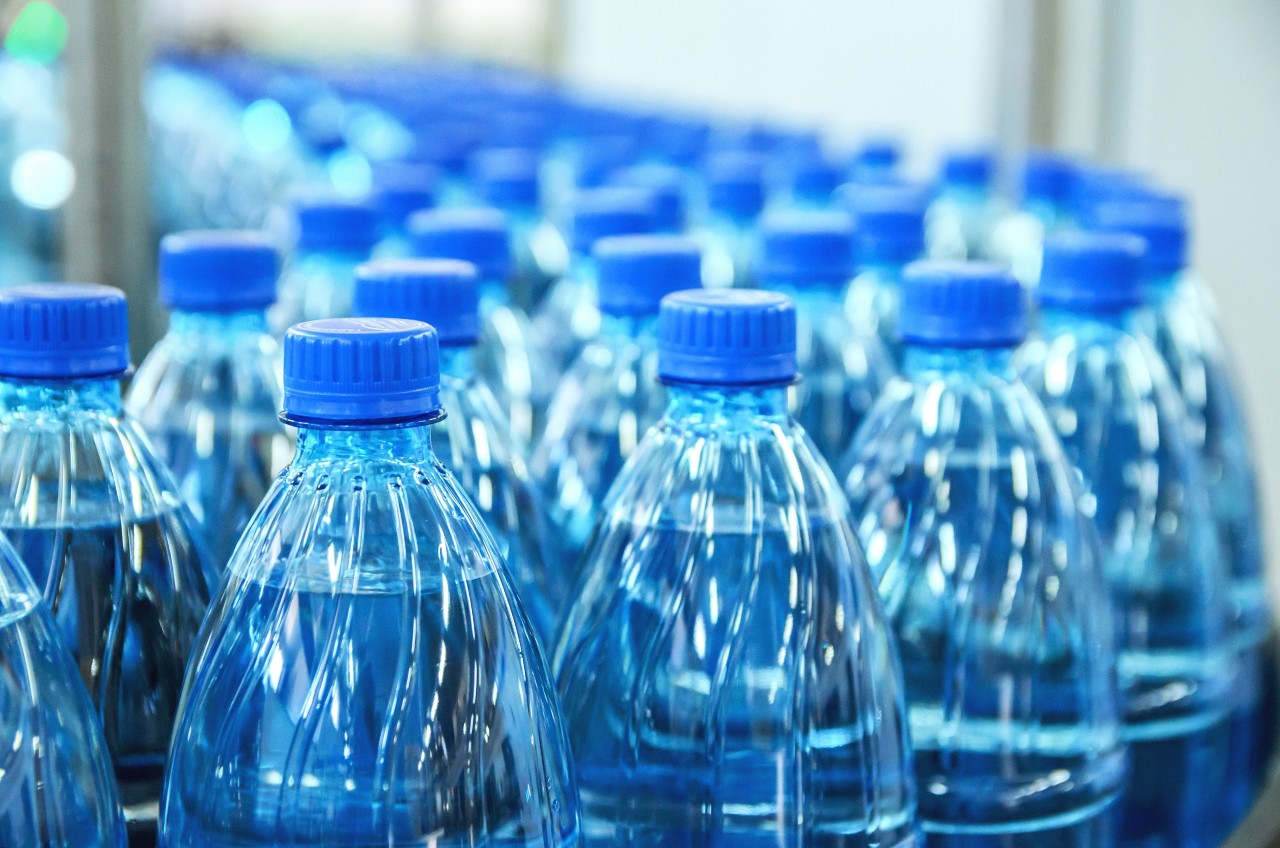
How to Reduce Chromium-6 and Chromium-3 From Water
Chromium contamination is from industrial and manufacturing sources — it’s not feasible for homeowners to prevent polluted groundwater from reaching their drinking water.
With chromium, we recommend installing a water filter if your water is affected. Chromium-6 is odorless and tasteless, meaning you will not be able to recognize its presence in your drinking water.
Water Filters to Address Chromium
If you suspect you might have chromium in your drinking water, we recommend the following water treatment solution to provide peace of mind:
FreshPoint GRO-575 Five-Stage Reverse Osmosis System – Reverse Osmosis water systems help reduce potentially harmful chemicals and contaminants to deliver high-quality drinking water. Our unique “click and enjoy” design simplifies cartridge exchange with technology certified to provide excellent water. This five-stage reverse osmosis system reduced contaminants including lead, fluoride, dissolved solids and so much more.

